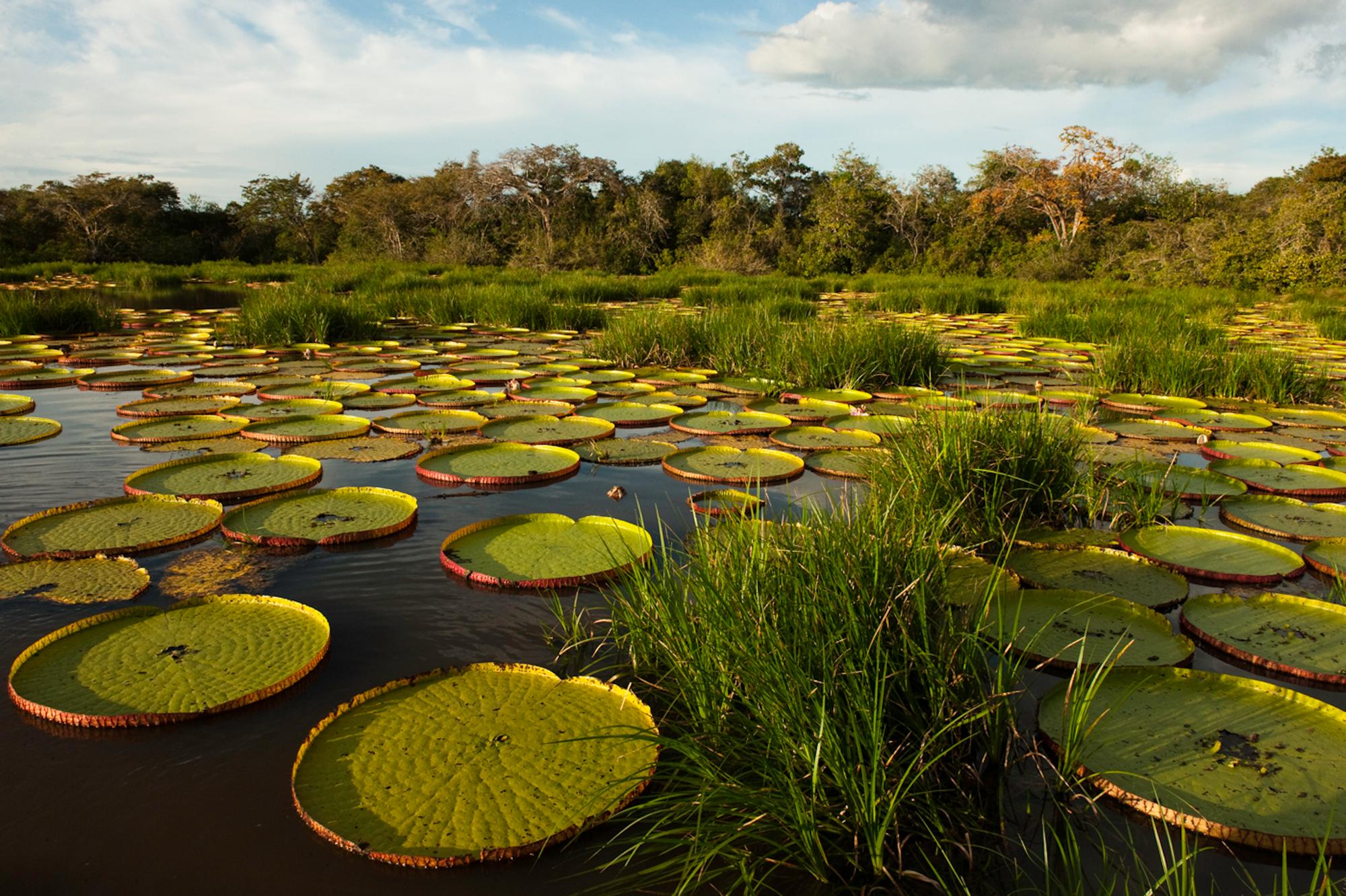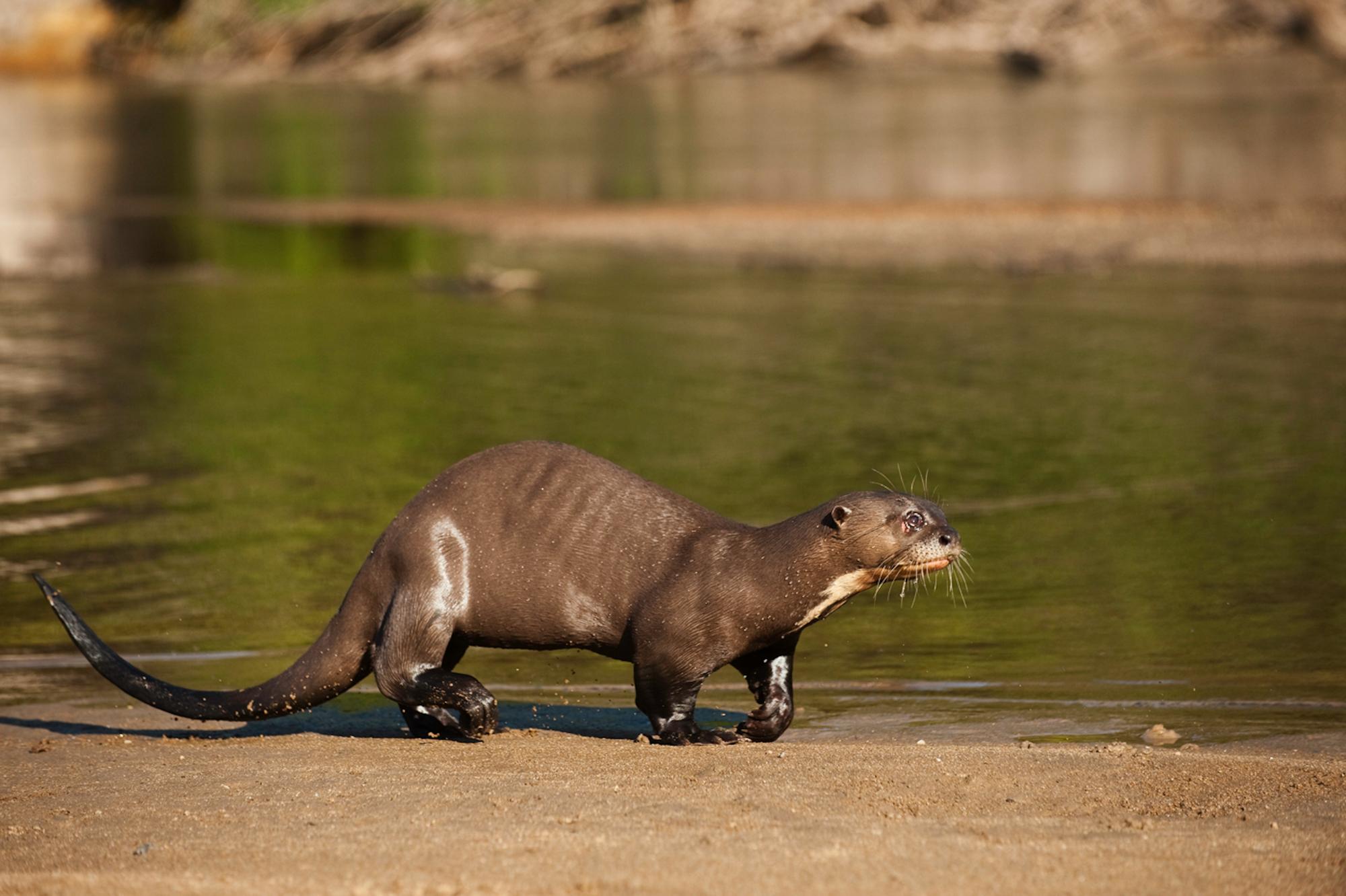
Protecting the benefits that nature provides — food, fresh water, livelihoods and a stable climate
One of Conservation International’s first field offices, Conservation International-Guyana has worked for decades to conserve nature for the benefit of people in Guyana and around the world.
In Guyana’s vast tropical forests, Conservation International-Guyana is implementing REDD+ programs — a system that pays developing countries to keep trees standing — and tracking deforestation. Our team is helping expand Guyana’s National Protected Areas System, including the establishment of protections for the North Rupununi Wetlands, an area abundant with wildlife. And throughout Guyana, we work directly with communities to strengthen conservation capacity and implement solutions that promote sustainability.
We are committed to helping the Guyanese people chart a path to a greener and more resilient future — one in which people and nature develop together.
1989
YEAR FOUNDED
141K
PEOPLE
dependent on nature in Guyana1
1.1B
METRIC TONS
of irrecoverable carbon in Guyana2
33
VERTEBRATE SPECIES
that are endemic to Guyana3
Areas we work

Bringing nature-based development to Rupununi
The Rupununi is a vast region of grasslands, forests and wetlands in southwest Guyana where the Amazon and Essequibo watersheds connect. The area is important for its range of threatened species — including the endangered giant otter — as well as the economic opportunities it provides to local communities.
Conservation International-Guyana is working with stakeholders to implement an integrated landscape approach that allows people and nature to develop together.
Building on three decades of work in the Rupununi, we are helping develop sustainable, nature-based economies in the region — with a particular focus on tourism and agriculture — providing access to technical, financial and marketing resources to improve local livelihoods.
We also support territorial planning and sustainable management of the region, helping to ensure that the Rupununi will remain a vital, biodiverse landscape for generations to come.
References
- Fedele, G., Donatti, C. I., Bornacelly, I., & Hole, D. G. (2021). Nature-dependent people: Mapping human direct use of nature for basic needs across the tropics. ScienceDirect, 71. https://doi.org/10.1016/j.gloenvcha.2021.102368
- Conservation International (2021, November). Irrecoverable Carbon. Retrieved January 2025, from https://www.conservation.org/irrecoverable-carbon
- The IUCN Red List of Threatened Species. (2024). Table 8a: Total, threatened, and EX & EW endemic species in each country [Fact sheet]. https://www.iucnredlist.org/resources/summary-statistics#Summary%20Tables